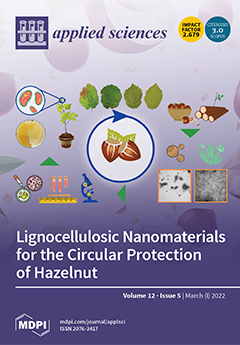The current research was carried out to characterize the phytosociology of the forests of one of Pakistan’s most valuable tree species (Deodar) across its native range. In this context, our main hypothesis was that, along the altitudinal gradient, we would find different plant communities that would be driven by different environmental variables (climatic, edaphic, and physiographic). Therefore, to assess the vegetation structure of the pure Deodar forests of the unexplored Manoor Valley (Northwestern Himalaya), Pakistan, frequent field visits were carried out during different seasons of 2015–2018. Ecological methods: Line transects sampling (23 stands) and phytosociological attributes were evaluated in relation to geographical and environmental variables. Various statistical software applications (i.e., PCORD, RStudio 4.0, and R 3.6.1) were used to examine all of the gathered data of plant species and environmental variables. A total of three different plant communities (
Cedrus–Isodon–Cynodon,
Cedrus–Cynodon–Dryopteris, and
Sambucus–Cedrus–Desmodium) were identified by grouping 162 species and 23 stands in pure Deodar forests under the influence of geographic, slope, edaphic, and climatic variables, ranging from 1580.8 to 2373.8 m. The altitude (1936–2373 m), slope angle (25–85°), sandy (29–48%) and loamy soil texture, wind speed (1.45 ms
−1), and temperature (25.8 °C) all had a strong influence on the
Sambucus–Cedrus–Desmodium community. In contrast with this, the
Cedrus–Cynodon–Dryopteris community showed a positively significant relationship with the northeastern slope, silty (32–58%) and sandy (15.8–55%) loamy soil texture, and barometric pressure (814.3 pa). Nonetheless, the
Cedrus–Isodon–Cynodon community revealed a significant positive association with the northeastern to southwestern slope, pH (6.3), wet bulb (19.7), and dew point (17.7). We found significant differences (
p < 0.001) among the three communities found in the pure Deodar forests in the four diversity indexes. The
Sambucus–Cedrus–Desmodium community has the maximum number of plants (129 species), Shannon’s diversity (H’ = 3.7), and Simpson’s dominance (0.98) values among the recorded communities. The Pielou’s evenness index value was led by the
Cedrus–Isodon–Cynodon community (0.97). Beta diversity showed a dissimilarity lower than 50% among the three communities. Simple term effects in the canonical correspondence analysis model revealed significant (
p < 0.05) differences in altitude, slope angle, slope (southeastern), and wind speed variables. The present investigation sheds light on vegetation pattern and species contribution as a function of environmental gradients and provides a baseline for future studies.
Full article





